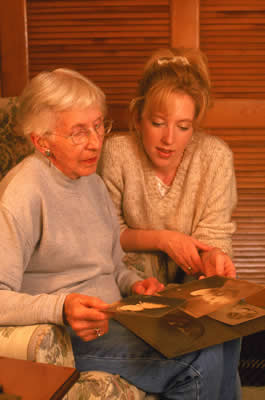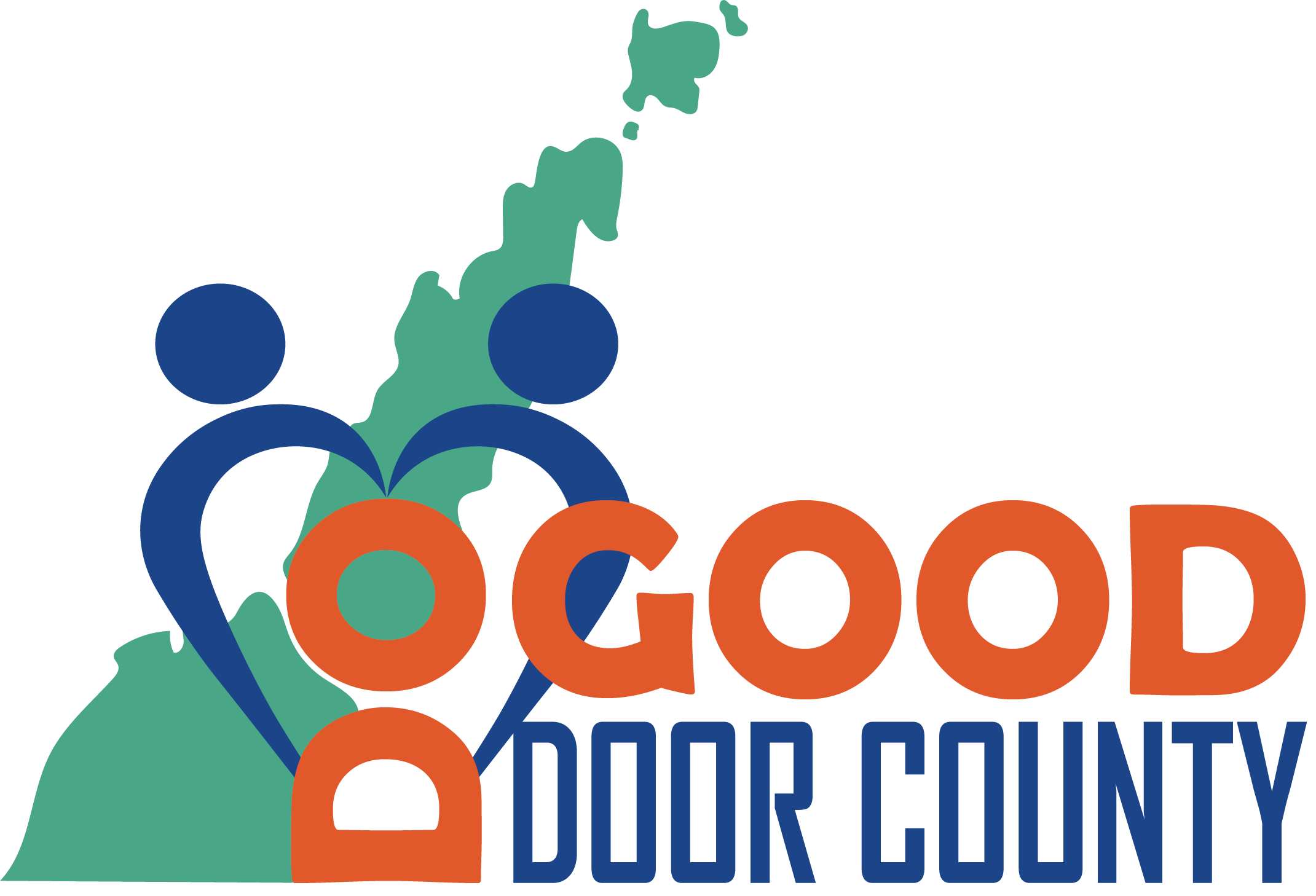First, let me thank all you wonderful followers for your patience. Since I generally post on Sundays, the holidays certainly delayed the process! Let’s talk about the fifth domain of livability – respect and social inclusion. At first glance, the importance of a community being inclusive of older adults may not rise to the same importance as say transporation and housing. And perhaps some may think this happens naturally if you have social opportunities in your community. But there is some much more to encouraging older people to participate in their community’s social, civic and economic life.
Most may think that respect for seniors is a given in many communities. And this view stems from the generations that were taught to “respect your elders”. In reality, however, the perceptions and beliefs about aging are often based on the messages we get in daily life. And those messages have created a culture that says getting old is negative. They call this ageism – the stereotypes (how we think), prejudice (how we feel) and discrimination (how we act) towards others or oneself based on age. And to be sure, ageism isn’t just about the old. Young people are also affected by prejedice and discrimination as they are often dismissed in intergenerational and decision-making opportunities.
And there in lies one very important need…intergenerational interactions. Education about ageing should begin early to raise awareness on ageing so that we can learn to appreciate their elderly. The cost to do otherwise is too high. According to the World Health Organization, ageism is associated with earlier death (by 7.5 years), poorer physical and mental health, and slower recovery from disability in older age. Ageism also increases risky health behaviors, such as eating an unhealthy diet, drinking excessively or smoking, and reduces our quality of life. In the United States, one in every seven dollars spent on health care every year for the eight most expensive conditions was due to ageism (US$ 63 billion in total).

Beyond respect, social inclusion is a the other part of this domain. This looks at social engagement, making an effort to include all seniors regardless of economic status in activities in the community. And more so, assuring the perception and reality that all seniors feel valued in the community.
At this point, you can now see how this is a separate domain and also intimately tied to the other domains. Where transporation is limited whether by geography or affordability, social inclusion is inhibited. Where outdoor spaces and buildings are not age-friendly, social inclusion is hindered. Where a broad array of social opportunities are not provided, particularly those that are intergenerational, social inclusion is simply not possible.
We are actively seeking ways to bring this important domain to life in Door County. If you have ideas or desires to help in the cause, please contact us or lend your support. Perhaps “better together” is cliche but it is the only path for our community to become age-friendly.


There is nothing more communal than grocery shopping. The trend now is for local grocery stores to have customers use the self checkout. It started with Walmart and is happening in other stores now. Seniors often do not feel comfortable with this exploitation of their labor and using the self checkouts. I am appalled that there is often only one conventional lane open and it is usually a long line of elderly people waiting. This is insulting and disrespectful to the elderly who need extra help. Forcing the elderly to wait in long lines to check out is disgraceful and discriminatory against older people or people who are handicapped. Can our community draw attention to this unnecessary and profit driven modern extortion? The elderly often struggle with new technology since we didn’t grow up with it.